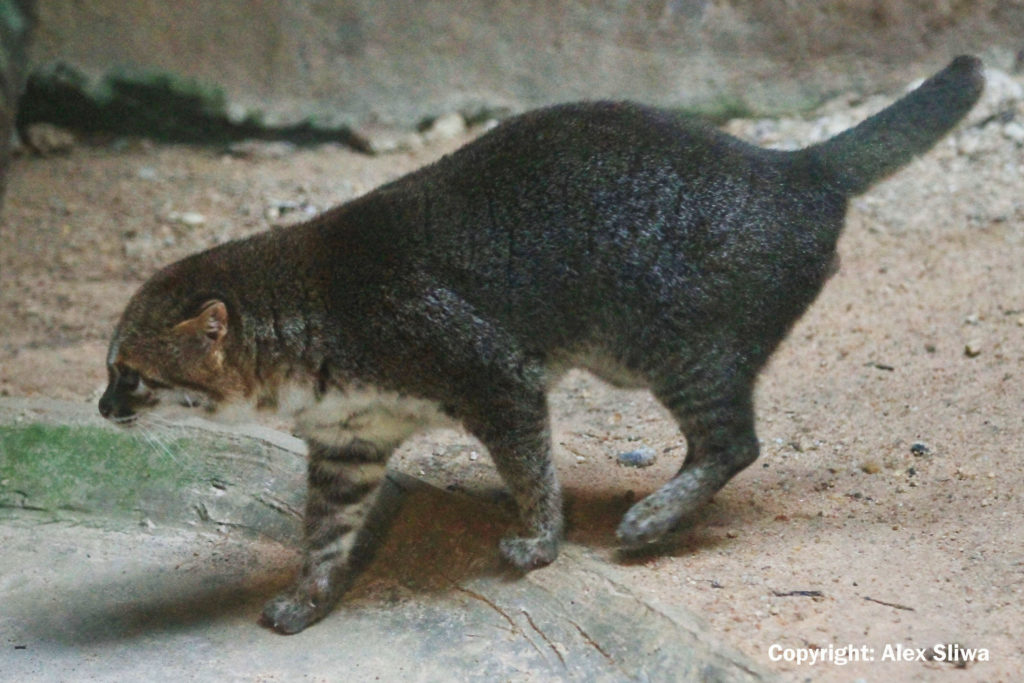The Flat-headed cat appears to be found at low population densities, avoids oil palm plantations, and is closely associated with low lying wetland forests. Such wetland habitats have been, and continue to be exposed to some of the highest rates of deforestation in Southeast Asia.This deforestation and the increasing prevalence of vast tracts of oil palm plantations is likely resulting in the fragmentation of habitat and isolation of individual populations.
Over 45% of protected wetlands and 94% of globally significant wetlands in Southeast Asia are considered threatened. Causes include human settlement, draining for agriculture, pollution, and excessive hunting, wood-cutting and fishing. In addition, clearance of coastal mangroves over the past decade has been rapid. While there have been observations of the Flat-headed Cat in secondary forests there has not been any evidence that the Flat-headed Cat can also live in oil palm plantations.

mimi
I LOVE THIS!! keep them coming!